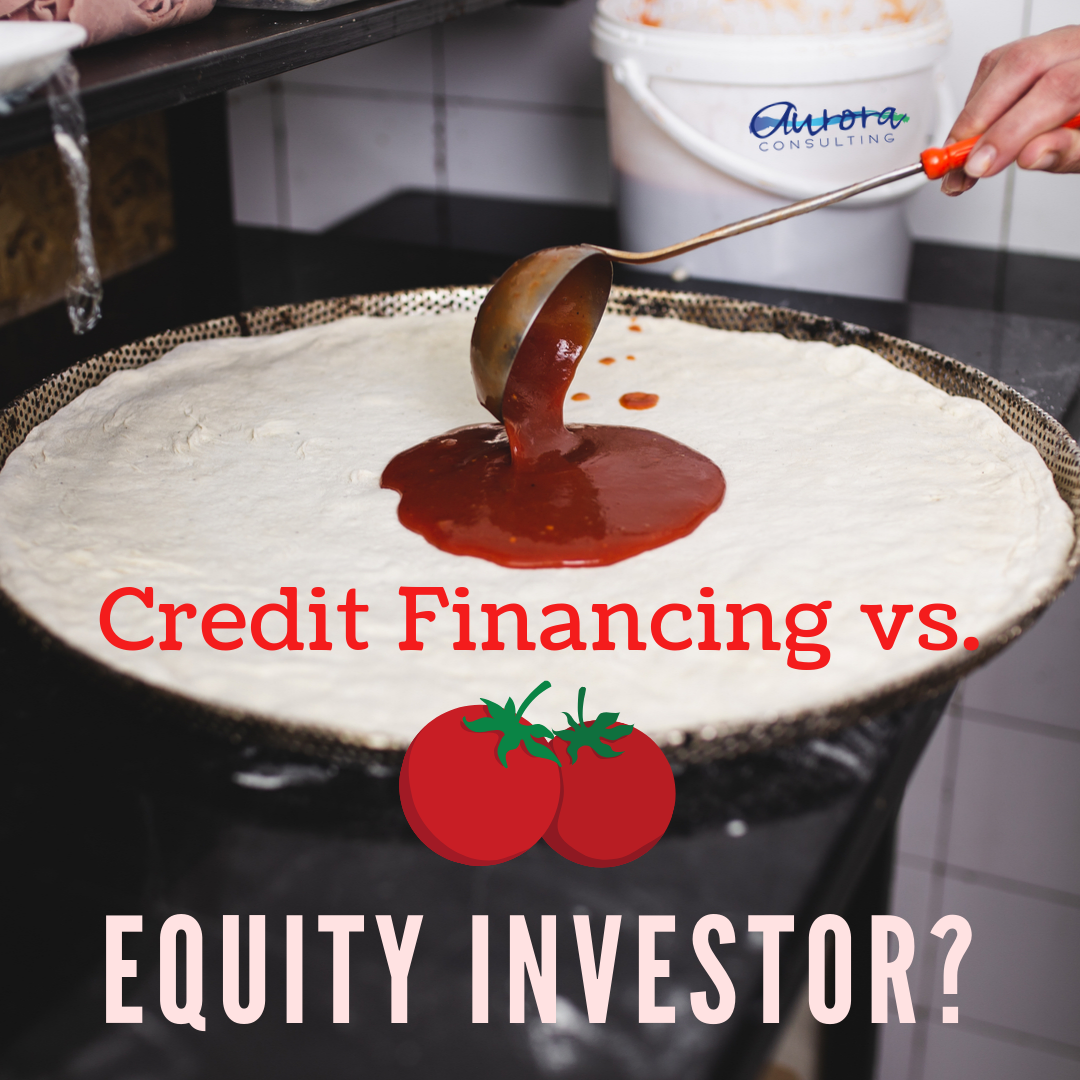Martin Scorsese has had a long and storied career in cinema. The legend he has created is that of the Director using his extensive knowledge of film to enhance his cinematic creations. As a Director, he pushed the boundaries of macabre crime drama.
Along the way, according to this latest biographical feature in the New York Times, Mr. Scorsese developed his own way of working within, or rather, without, the “Hollywood machine.” In particular, Mr. Scorsese created a separate path for financing his films using independent financiers and eschewing the financial support from the studios.
Frustrated with the unrealistic pressures of working within the confines of the studio system, he came to believe that Hollywood studios had become his “mortal enemies.”
As he says in the NYTimes piece, “It’s like being in a bunker and you’re firing out in all directions…you begin to realize you’re not speaking the same language anymore, so you can’t make pictures anymore.”
The latest development in the “Scorsese Way” of making his movies is his partnership with Netflix, the streaming service that is about as far from the Hollywood studio system as you can get in the early 21st Century.
We think the key element of this aspect of Martin Scorsese’s story is the financing component. In short, those folks with the money–Hollywood Studios–brought unrealistic expectations, exerted extraordinary pressures, and ultimately hampered one of the greatest cinematic talents of the past 100 years from achieving his true potential.
We see this time and again with Small and Middle Market Businesses too.
If your business marches in the “big leagues” that is, with gross revenues exceeding $3Billion annually, then Bankers are the friendliest bunch of people on the planet. But if your business is in the Middle–$10 Million up to $3 Billion in revenue—or worse, a Small Business (below the $10M mark), you’ll find Bankers are not so friendly.
To define friendly, let’s refer to our description above of the Hollywood Studio system’s treatment of the incredibly talented and successful Martin Scorsese. In the NYTimes piece he discusses the unrealistic pressures from studio executives (the folks with the money) to shorten movie running times, and other extraordinary requirements for his films, “The last two weeks of editing…‘The Aviator’…I said if this is the way you have to make films then I’m not going to do it anymore.”
Imagine that. Imagine the cultural and entertainment loss sustained when a talent as large and ambitious as Mr. Scorsese decides he’s had enough because the people with the money keep telling him what to do.
We blogged recently about “Don’t Tell Me How To Make My Pizza” about a similar story about an ambitious and creative young business owner. He’s created a unique new type of sourdough pizza. As he grows his business, he needs capital. But he chose to bring in equity investors instead of engaging with us at Aurora Consulting to find quality credit financing. You can be sure that sometime in the near future his equity “partners” seeking higher returns on their investments, will insist on changes to that unique pizza recipe. Martin Scorsese all over again.
It’s the New Year and we’re committed here at Aurora Consulting to financing solutions for your business success story. We believe in access to credit. We’ll work diligently and enthusiastically to find the best credit financing solutions for your business.
Take a page out of the Martin Scorsese playbook (except the part where they dump the bodies!), and find your own “Scorsese Way” to finance your working capital needs while preserving your vision of how your business should run and grow.
Download our DOCUMENTS CHECKLIST here.





